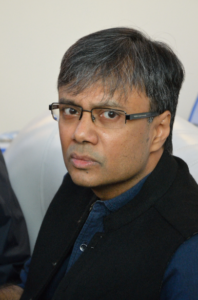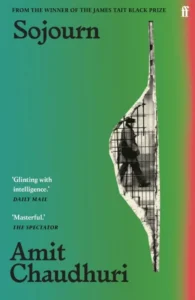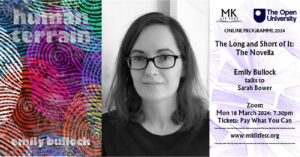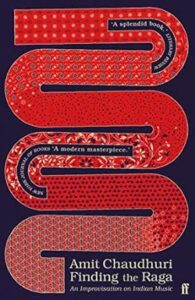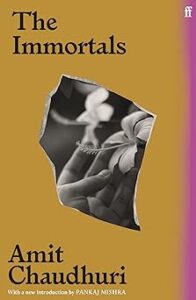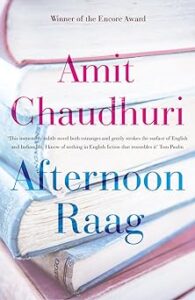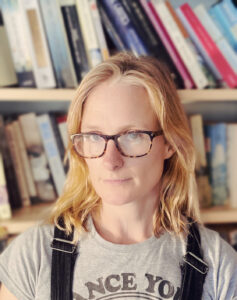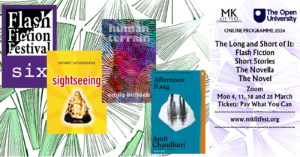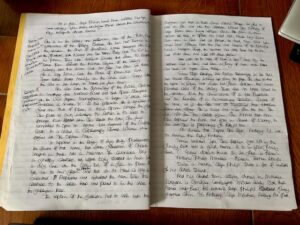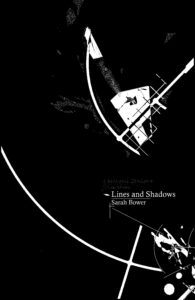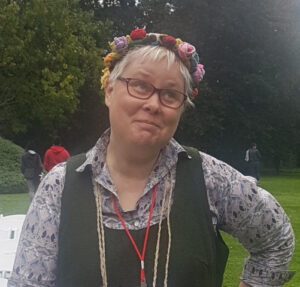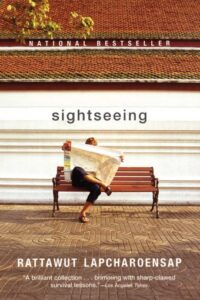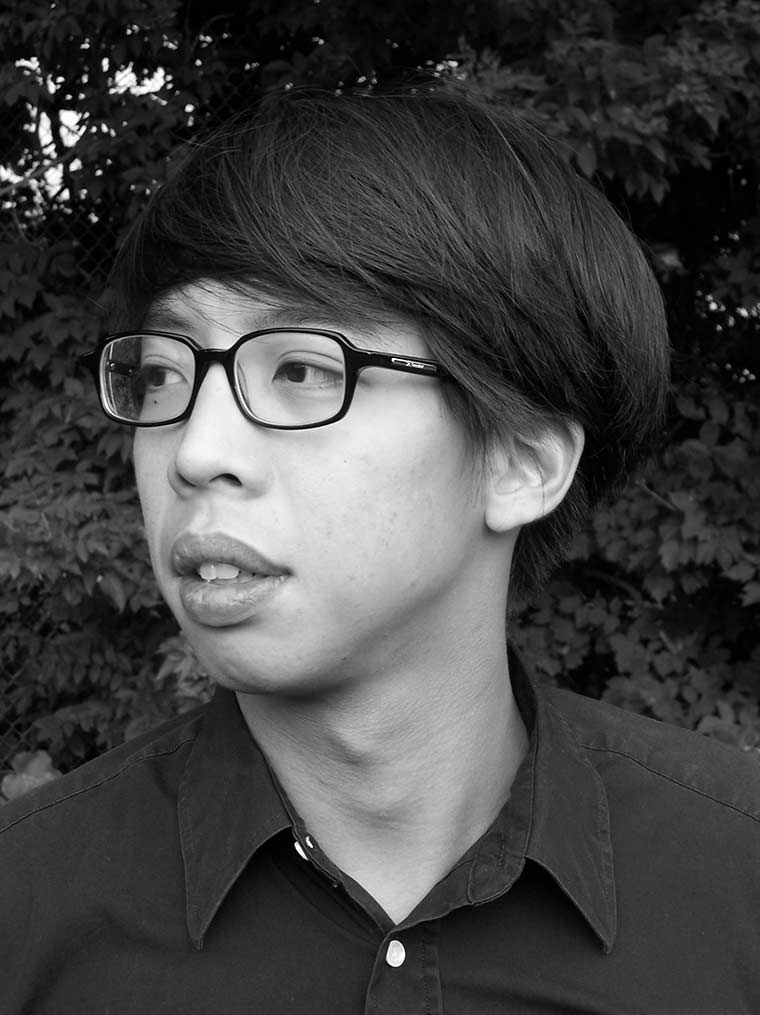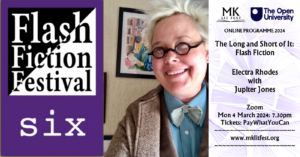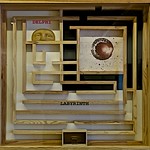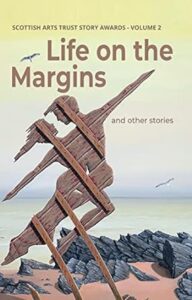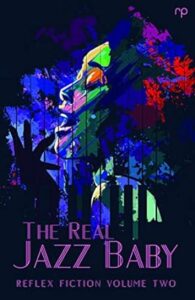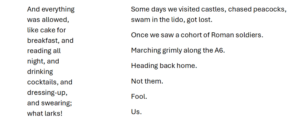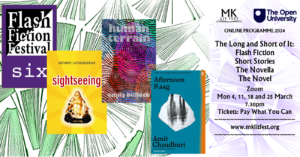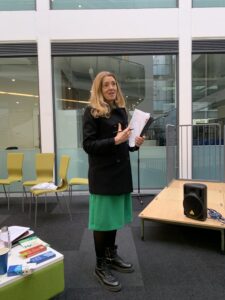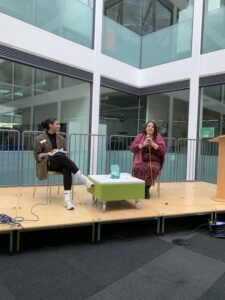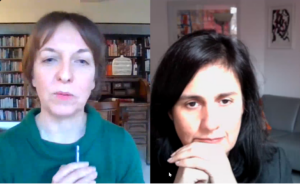English and Creative Writing Staff Tutor Natalie Lewis has been working with colleagues Lania Knight, Dónall Mac Cathmhaoill and Emma Claire Sweeney to explore staff and student attitudes towards the recording of online Creative Writing tutorials. They wanted to determine whether recordings can increase access to tuition without harming the safe spaces students need to develop their creativity.
We caught up with them to discover what they’ve learnt.
Tell us a bit more about your project.
Prior to the 2022/23 academic year, undergraduate Creative Writing modules had opted out of the university’s recording of online tutorials policy. We’d made this decision because we wanted to protect students from potential feelings of vulnerability and inhibition in tutorials that involve sharing personal work.
However, the OU student body includes 70% of students working full or part-time and over 37,000 students with a declared disability. Attending live-streamed tutorials can for many, therefore, be a challenge in itself. We began to ask whether there might be benefits to providing recordings of tutorials, which could be accessed both by those students who’d attended the live-stream and those who’d not been able to make it.
What was your motivation for doing this project?
Creative Writing Lecturers and Staff Tutors had the OU’s strong commitment to accessibility in mind when designing the project. There are many ways in which tutorial recordings can enhance accessibility for those with disabilities, such as providing opportunities to stop and start recordings, to watch at a faster or slower speed, and to remove the need for notetaking in a live setting. Similarly, for those studying alongside work, family, and caring commitments, recordings can mean the difference between accessing tuition and missing out altogether. As Jilly MacKay says in her 2020 article You should record your teaching, the practice of ‘mainstreaming accessibility’ can benefit everyone.
On the other hand, there is a concern that student anxiety could be heightened by being in a recorded environment. This could lead to reduced participation or, worse, non-attendance.
In a practice-based discipline such as Creative Writing, students can benefit from a low-stakes environment where they can experiment with voice, style, structure, and character development. And there’s strong evidence to suggest that anxiety (including social and creativity anxiety) affects a significant proportion of the population. The Mental Health Foundation report on anxiety in the UK in 2023, for example, found that one in five people (20%) are anxious most or all of the time. So, making evidence-based decisions about tutorial recordings is crucial to the student experience.
What were the key things you learnt from it?
- When offered a choice, students did not avoid recorded tutorials in favour of an unrecorded equivalent.
- Tutorial attendance was not negatively affected by the availability of tutorial recordings. Most students who attended a recorded tutorial (87%) interacted the same amount they usually would in an unrecorded tutorial, suggesting they felt safe in those online spaces.
- Students were overwhelmingly positive about the provision of tutorial recordings, which were accessed by an equivalent of nearly 80% of the cohort, showing their popularity in the first year of being available to students.
- The steady pattern of students viewing recordings throughout the academic year suggests recordings have a legacy value for those who have fallen behind the study calendar and those who have postponed submission of their final assignment due to extenuating circumstances.
- Recordings were particularly valuable for students with work or family commitments and for those with disabilities. The availability of recordings had increased their ability to access tuition.
“[Recordings are] useful for me because I work a lot and have a toddler so attending a tutorial isn’t always an option … and they’re such a good resource.”
“I often find live sessions quite stressful due to interaction, anxiety, and trouble focusing because of ADHD. A recording gives me an opportunity to take breaks and rewind if I didn’t understand something.”
Did anything come as a surprise?
Rather than being a barrier for students with anxiety, recorded tutorials enabled some students to access tuition in their own time and potentially benefit from vicarious learning while listening to their peers participate in academic and creative discussions.
Inevitably, recordings weren’t popular with everyone. For a minority of students who were not in favour of recorded tutorials, concerns were focussed on recordings not providing a full and interactive experience, and recordings acting as a deterrent from attending or interacting in live tutorials. These students are catered for by providing unrecorded tutorial options and maintaining alternative ‘safe space’ environments, such as asynchronous forums, for developing new writing and sharing peer feedback.
A comparison of different Arts and Humanities modules revealed some surprising differences in the numbers of students accessing tutorial recordings. Students of Level 3 English Literature viewed recordings above the average level, as did Music, Art History, and some History students. Whereas Creative Writing, Classical Studies, and interdisciplinary students viewed recordings at below-average levels for Arts and Humanities students.
Tell us about next steps.
The project findings were presented at a recent tuition-planning conference in Milton Keynes to support OU Arts and Humanities colleagues to find the right balance for students in their discipline areas.
Natalie Lewis and Lania Knight are Staff Tutors in English and Creative Writing. Natalie is the Lead Cluster Manager on A215 Creative Writing and is a module team member. Natalie has contributed to recent scholarship projects supporting Creative Writing Associate Lecturers and full-time intensity students. Lania is Lead Cluster Manager for A803 Creative Writing MA (Part 2) and is a module team member. She is also Cluster Manager for A363.




